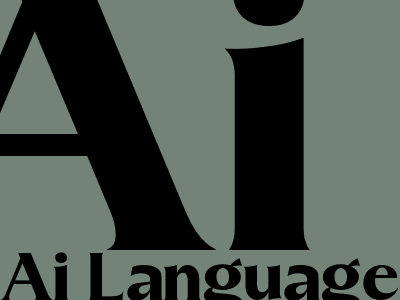
AI Language Translator Tool Market Growth: On Track to Achieve $17.37 Billion by 2028
Market Overview
The global AI language translator tool market is projected to reach $17.37 billion by 2028, exhibiting a CAGR of 18.4% during the forecast period. The rising demand for real-time language translation across various industries, including travel and tourism, healthcare, education, and e-commerce, is driving the market growth.
The increasing adoption of AI-powered language translation tools in customer service and support operations is further contributing to market expansion. These tools enable businesses to provide prompt and efficient support to customers from diverse linguistic backgrounds, enhancing customer satisfaction and loyalty.
Key Trends and Innovations
Natural Language Processing (NLP) Advancements:
Advancements in NLP are significantly enhancing the accuracy and fluency of AI language translation tools. NLP allows these tools to understand the context and nuances of human language, menghasilkan terjemahan yang lebih alami dan mirip manusia.
Cloud-Based Deployment:
The growing adoption of cloud-based AI language translation tools is a significant trend. Cloud deployment provides businesses with scalability, flexibility, and cost-effectiveness, enabling them to access language translation services on demand without the need for substantial upfront investments.
Integration with Business Applications:
AI language translator tools are increasingly being integrated with business applications, such as CRM systems, e-commerce platforms, and content management systems. This integration streamlines workflows, reduces manual translation efforts, and improves overall productivity.
Challenges and Restraints
Data Privacy and Security Concerns:
AI language translation tools require access to sensitive data, such as conversations and documents. Ensuring data privacy and security is critical to maintain trust among users and prevent misuse of personal information.
Limited Availability of High-Quality Training Data:
The accuracy of AI language translation tools relies heavily on the quality and quantity of training data. The availability of high-quality training data, particularly for low-resource languages, remains a challenge for market growth.
Regional Analysis
North America is expected to dominate the global AI language translator tool market throughout the forecast period. The region's high adoption of advanced technologies, coupled with the presence of major technology hubs, is driving market growth. Additionally, the increasing demand for language translation services in the healthcare and education sectors is contributing to regional growth.
Asia-Pacific is anticipated to witness the fastest growth over the forecast period. The region's rapidly expanding e-commerce market, coupled with the growing number of internet users, is fueling the demand for AI language translation tools. Moreover, government initiatives to promote language accessibility and cultural exchange are further driving market growth in the region.
Competitive Landscape
The global AI language translator tool market is characterized by a competitive landscape with established players and emerging startups. Key players include Google LLC, Microsoft Corporation, Amazon Web Services, Inc., IBM Corporation, and SAP SE. These companies are investing heavily in research and development to enhance their offerings and gain market share.
Partnerships and acquisitions are common in the market, as companies seek to expand their product portfolios and geographical reach. For example, in 2021, Google LLC acquired Lilt, a provider of AI-powered language translation solutions, to strengthen its position in the market.